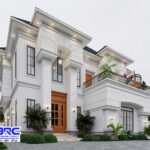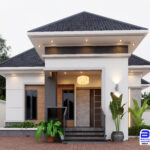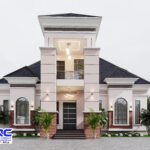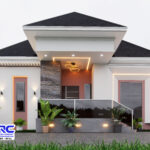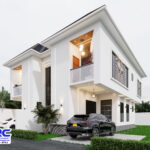Building materials play a crucial role in construction, determining the durability, safety, and cost of a structure.
In Nigeria, various materials are used based on availability, affordability, and suitability for different types of buildings.
Bullionrise consult will highlight 20 essential building materials used in Nigeria and their applications in construction.
Table of Contents
ToggleSee also – Which cement is the best for building in Nigeria?
1. Cement
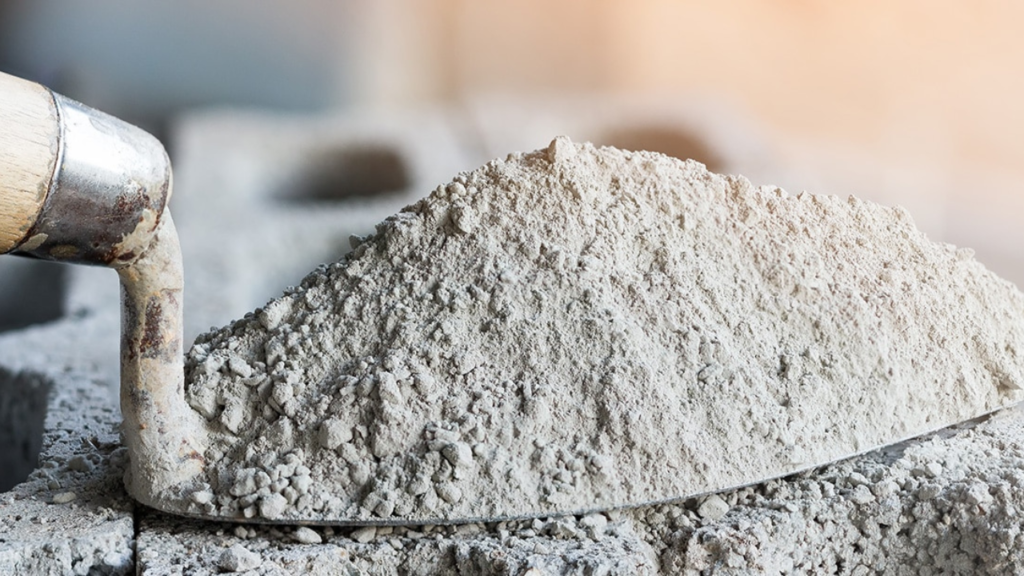
Use
- The primary binder in concrete and mortar.
- Used for foundation, plastering, block making, and flooring.
Common Types in Nigeria
- Ordinary Portland Cement (OPC) – Most widely used.
- Pozzolana Cement – Used for durability and resistance to chemical attacks.
2. Sand
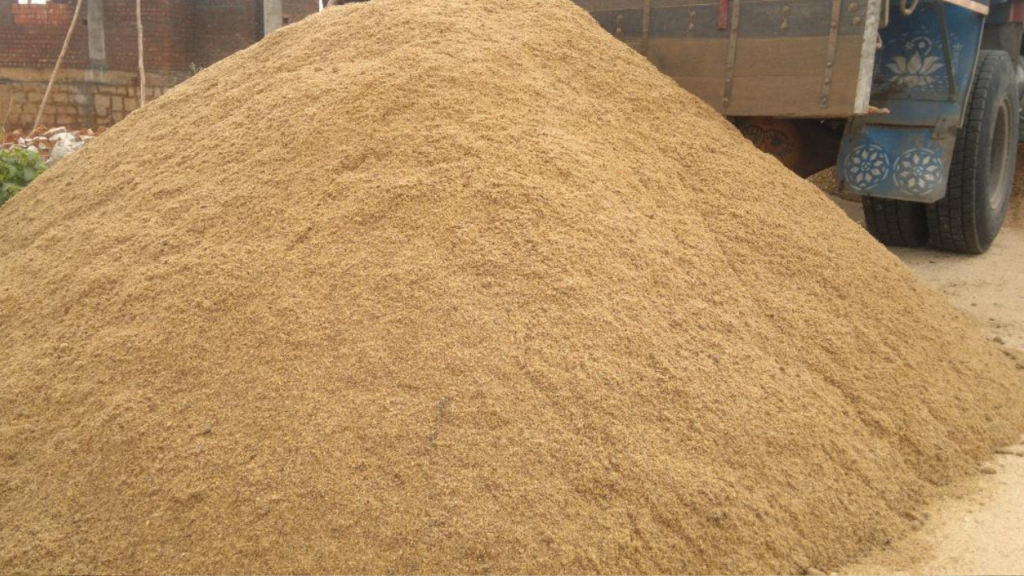
Use
- A key ingredient in making concrete, mortar, and plastering works.
- Provides strength and stability in construction.
Types
- Sharp Sand – For concrete and block making.
- Plaster Sand – For finishing and plastering walls.
3. Granite (Crushed Stones)
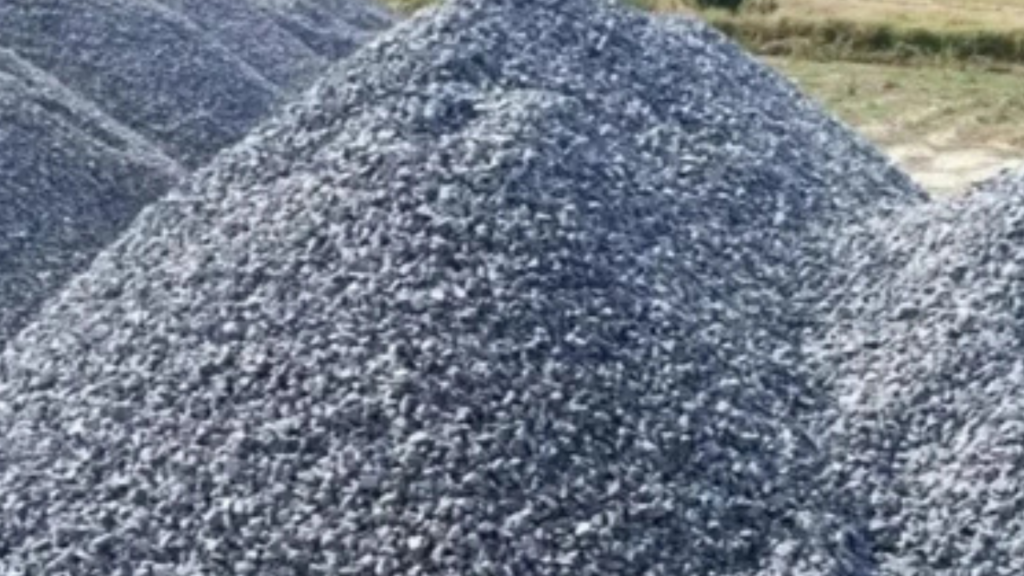
Use
- Mixed with cement and sand to make strong concrete.
- Used for road construction, floors, and landscaping.
4. Laterite
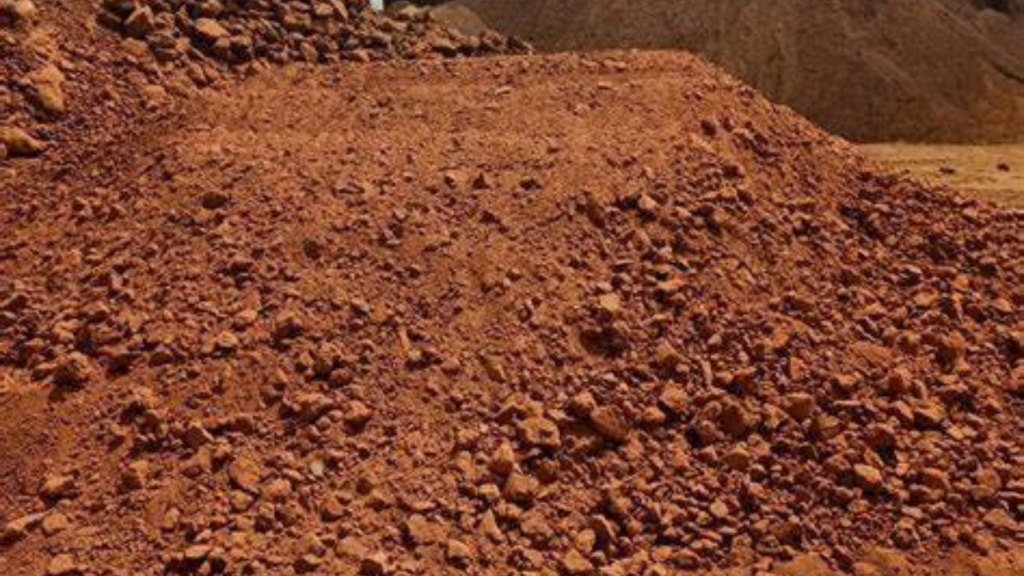
Use
- Used as a filling material for foundation layers.
- Used in rural housing construction due to its natural strength.
5. Concrete Blocks
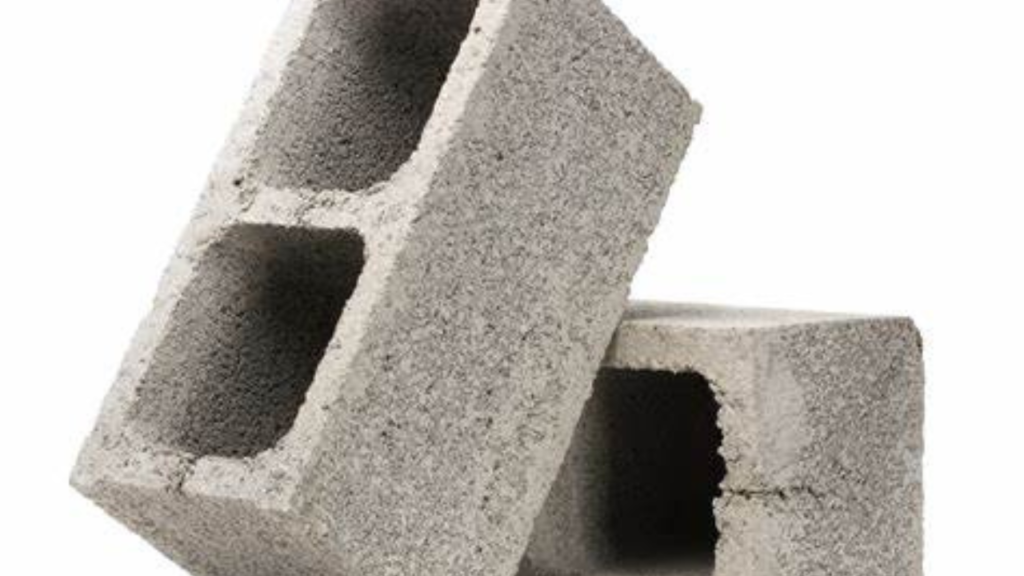
Use
- The main material for walls in modern construction.
- Comes in various sizes for partitioning and load-bearing walls.
See also – how many blocks for 3 bedroom flat
6. Bricks
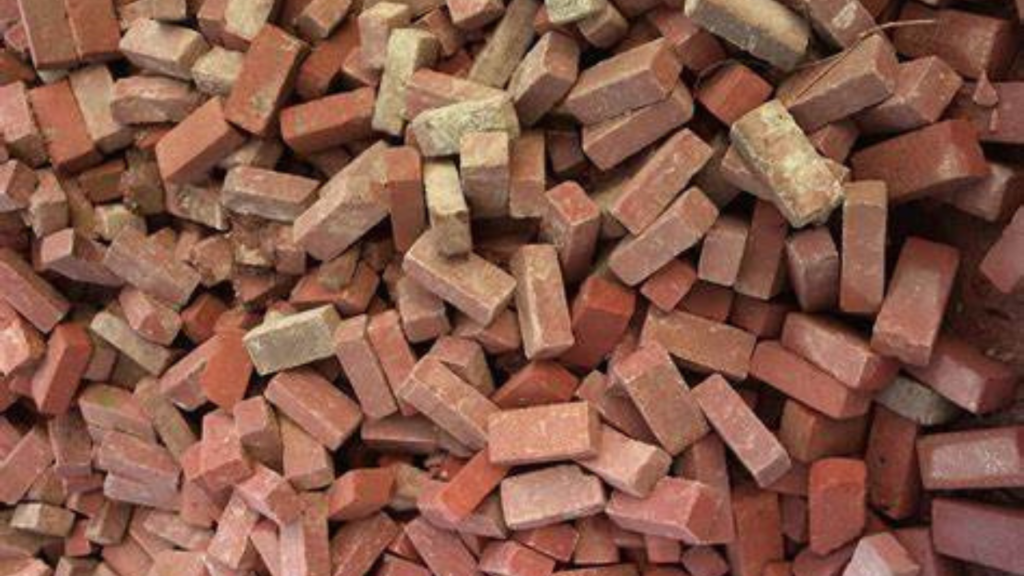
Use
- Alternative to blocks, providing aesthetic appeal and durability.
- Used for walls, driveways, and facades.
Types
- Clay Bricks – Traditional and durable.
- Sandcrete Bricks – Made of cement and sand.
7. Roofing Sheets
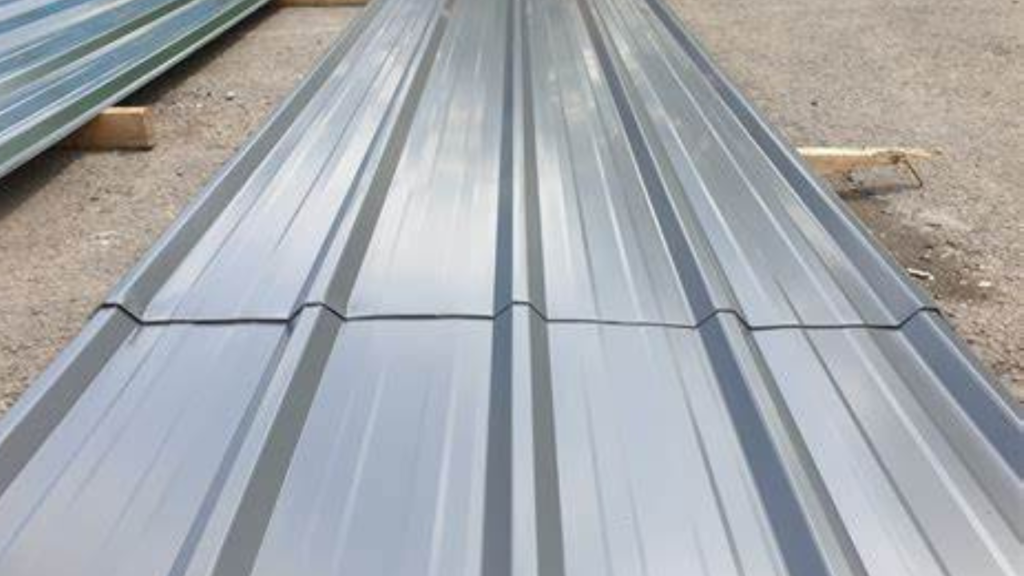
Use
- Covers the top of buildings to protect against weather conditions.
Common Types
- Aluminum Roofing Sheets – Lightweight and durable.
- Stone-Coated Roofing Sheets – Provides durability and aesthetics.
- Asbestos Roofing Sheets – Used in older buildings (less common now due to health concerns).
8. Iron Rods (Reinforcement Bars)
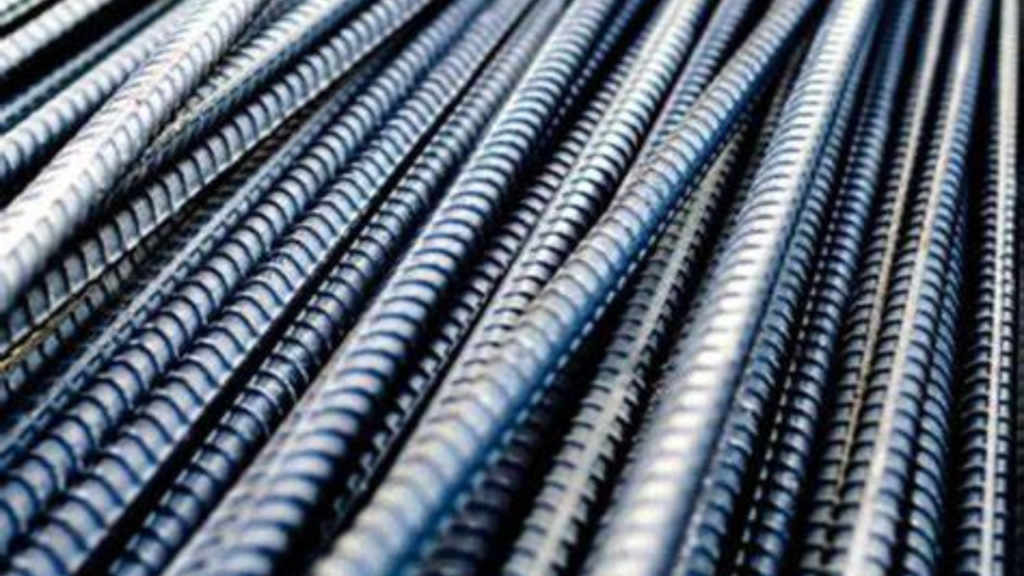
Use
- Provides tensile strength in reinforced concrete structures.
- Used in columns, beams, foundations, and slabs.
9. Wood (Timber and Plywood)
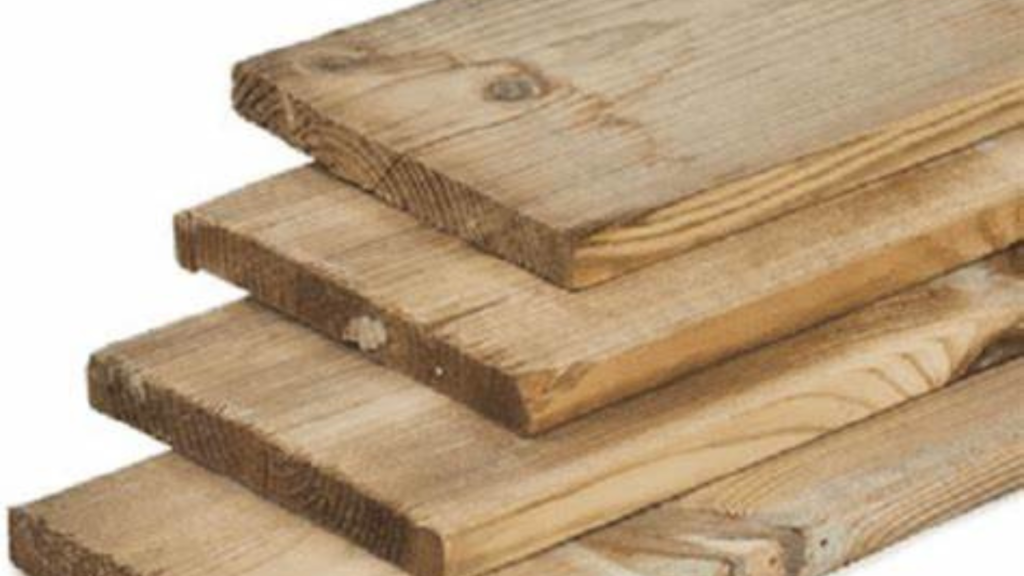
Use
- Used in roofing, doors, windows, and temporary structures.
- Also used for furniture and interior designs.
10. Glass
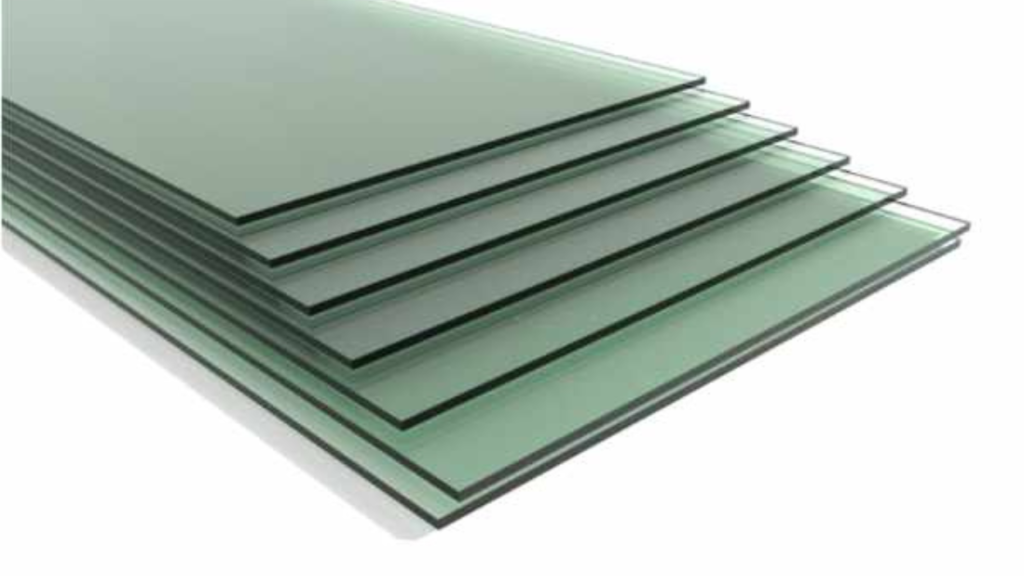
Use
- Used in windows, doors, and partitions for modern aesthetics.
- Provides natural lighting and enhances ventilation.
See also – Estimate Cost of Building a House in Nigeria
11. Nails and Screws
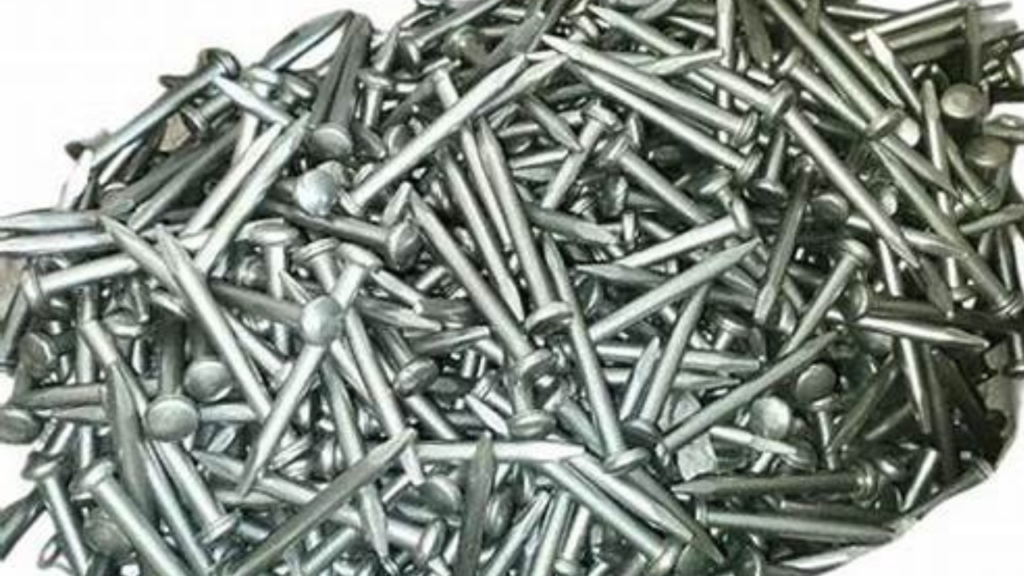
Use
- Essential for joining wooden and metal structures.
- Used in roofing, furniture, and carpentry works.
12. Binding Wire
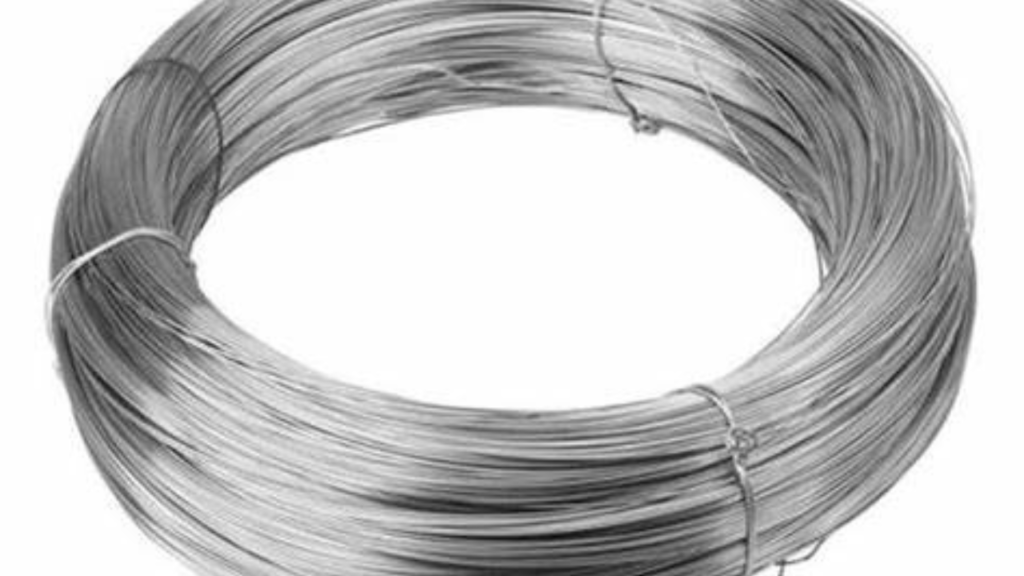
Use
- Used to tie iron rods together in reinforced concrete works.
- Helps hold reinforcements in place before pouring concrete.
13. Paints
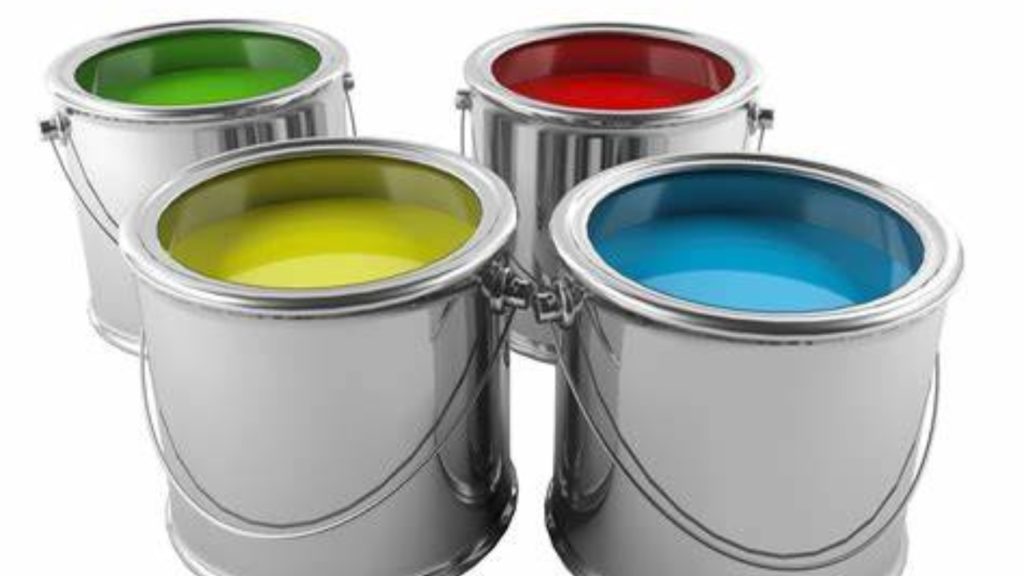
Use
- Used for finishing and protecting walls, ceilings, and metal surfaces.
- Enhances aesthetics and protects buildings from environmental damage.
14. Tiles
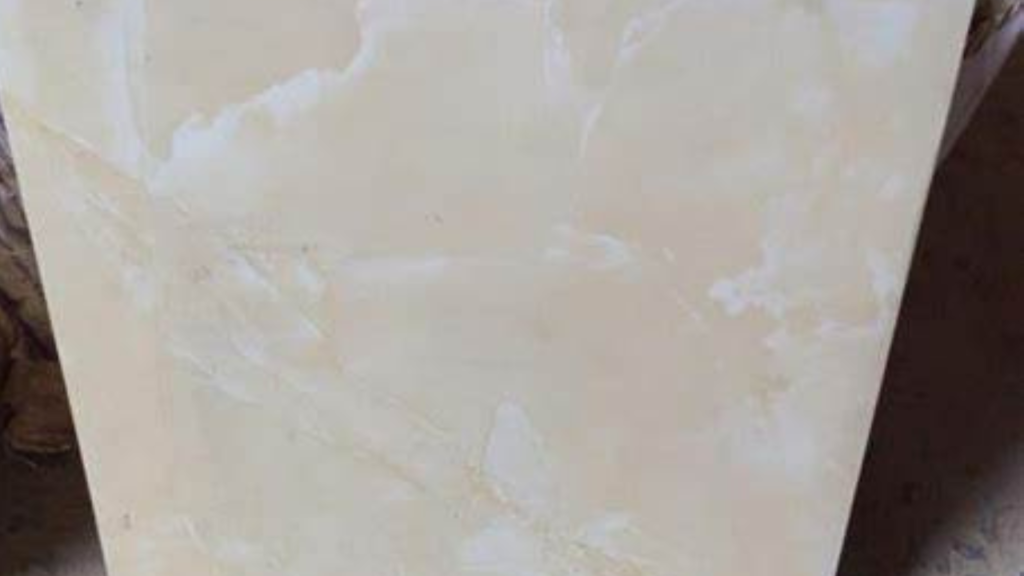
Use
- Used for flooring, wall finishing, and decorative designs.
- Available in ceramic, porcelain, and marble varieties.
15. PVC (Polyvinyl Chloride) Materials
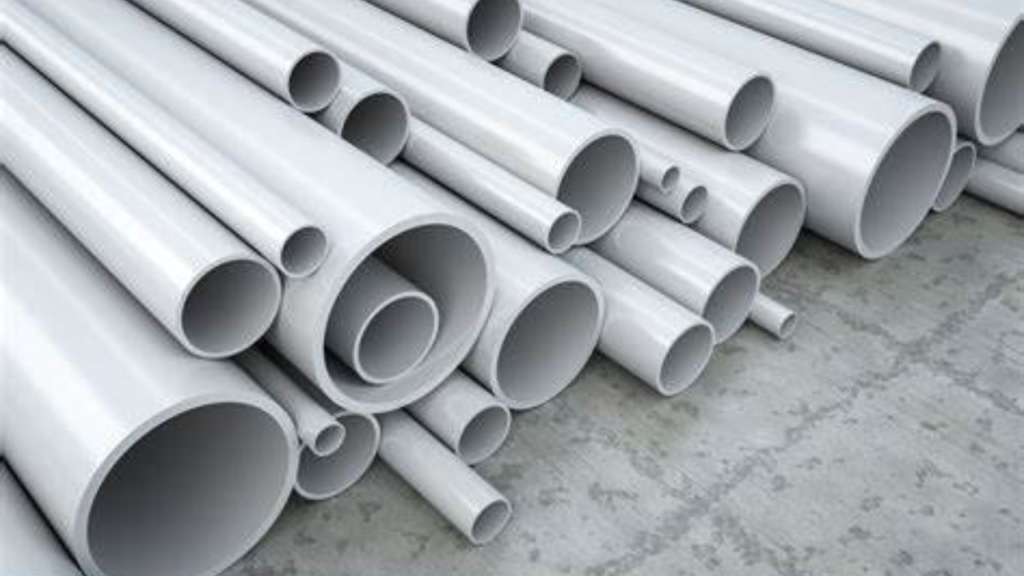
Use
- Used in ceiling panels, plumbing pipes, and electrical conduits.
- Lightweight, water-resistant, and durable.
16. Electrical Wiring and Fittings

Use
- Supplies electricity throughout the building.
- Includes cables, switches, sockets, and lighting fixtures.
17. Metal Pipes or Galvanized pipes
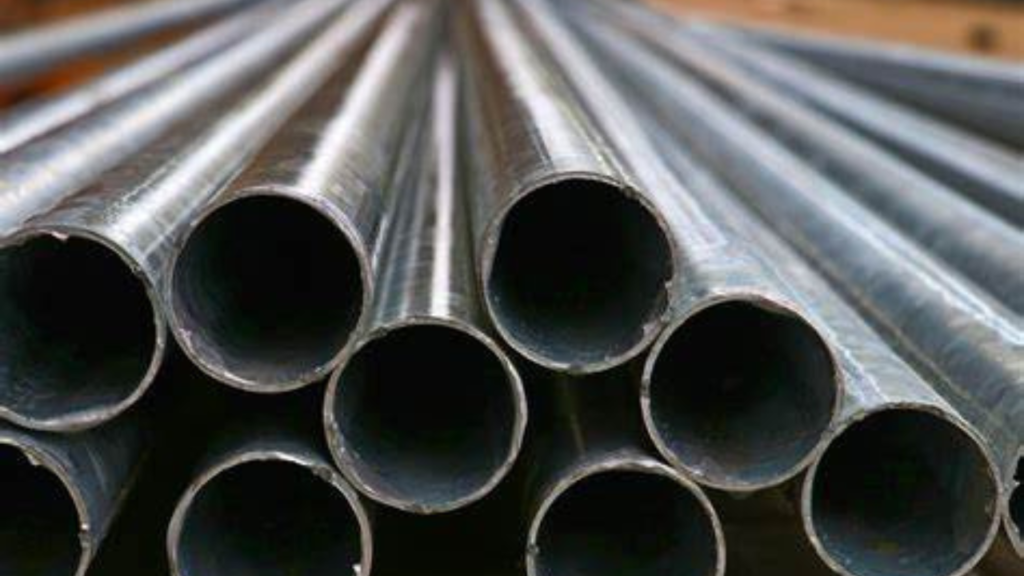
Use
- For scaffolds.
- Galvanized pipes are commonly used in plumbing due to their durability and corrosion resistance.
18. Ceiling Boards
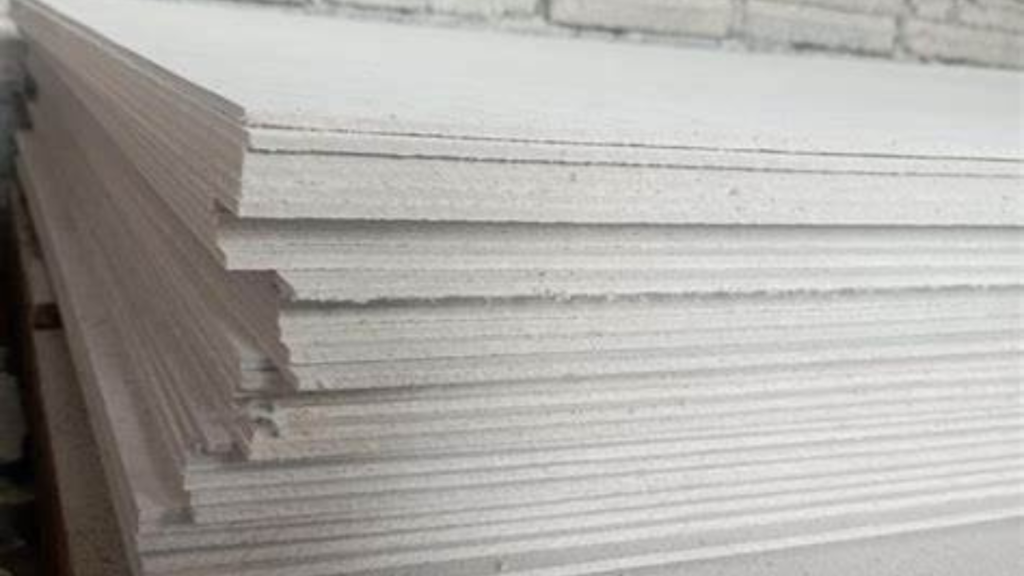
Use
Provides insulation and aesthetic finishing to ceilings.
Types
- Plaster of Paris (POP) Ceiling – Elegant and fire-resistant.
- PVC Ceiling – Affordable and durable.
- Wooden Ceiling – Gives a natural and classic look.
19. Bitumen
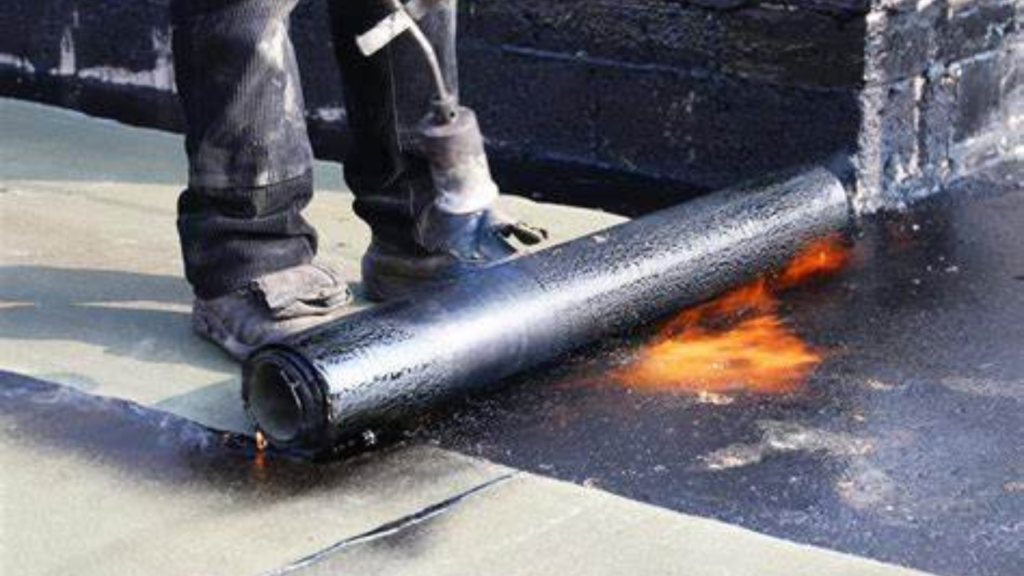
Use
- Used for waterproofing, road construction, and roofing.
- Commonly used in damp-proof courses (DPC) to prevent moisture.
20. Plaster of Paris (POP)
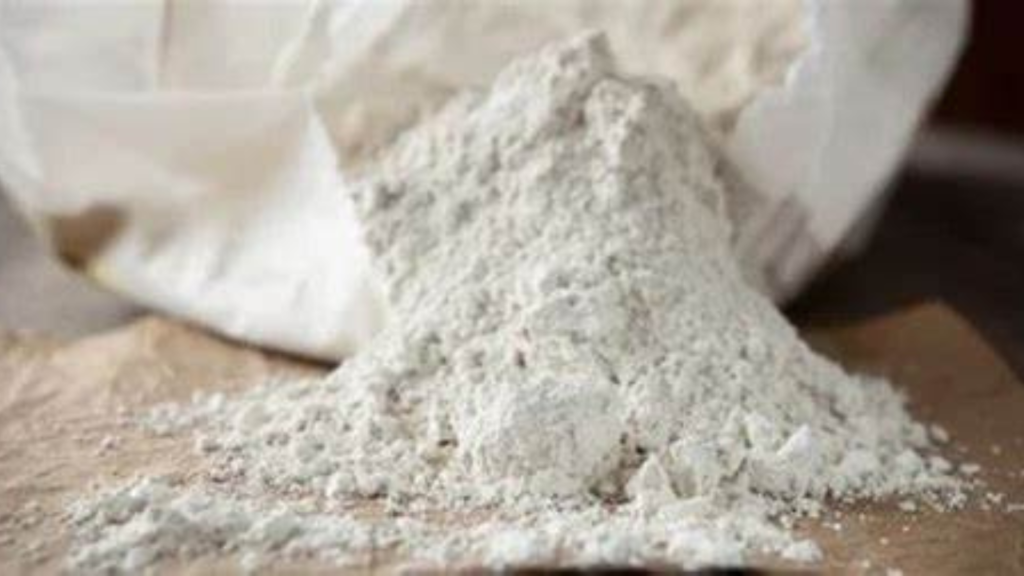
Use
- Used for decorative ceilings and molding designs.
- Also used in wall finishing for a smooth surface.
Conclusion
The success of any construction project in Nigeria depends on selecting the right materials based on budget, durability, and suitability.
From foundational elements like cement, sand, and iron rods to finishing materials like tiles, paints, and POP, each plays a vital role in ensuring a strong, safe, and aesthetically pleasing building.
Frequently asked questions
What are the most commonly used building materials in construction?
Common building materials include concrete, steel, wood, bricks, and glass.
Concrete is used for structural components like foundations and walls due to its strength and durability.
Steel is employed for reinforcement and framing, while wood is often chosen for interior finishes and roofing.
Bricks and glass are popular for walls and windows, respectively, offering aesthetic and functional benefits.
What are the specific uses of materials like concrete, steel, and wood in building projects?
Concrete is used in structural elements like slabs, beams, and columns for its durability and ability to withstand heavy loads.
Steel serves as reinforcement in concrete structures and is also used for constructing frameworks and high-rise buildings.
Wood is commonly used for cabinetry, flooring, and roofing due to its versatility and natural appeal.
Each material plays a unique role, ensuring the building’s stability and aesthetic quality.
How do natural building materials compare to synthetic ones in terms of durability and cost?
Natural materials like wood and stone are durable and eco-friendly, but they may be more expensive depending on availability.
Synthetic materials like PVC and prefabricated components are often more affordable and easier to install, but they may lack the longevity of natural options.
Maintenance costs also vary, as natural materials may require more upkeep to prevent wear and tear.
Choosing between them depends on the project’s budget and environmental considerations.
Which materials are best suited for environmentally sustainable construction?
Eco-friendly materials like bamboo, recycled steel, rammed earth, and cork are ideal for sustainable construction.
Bamboo is renewable and versatile, while recycled steel reduces waste and energy consumption.
Rammed earth provides excellent insulation, and cork is lightweight and biodegradable.
Using these materials helps reduce the environmental impact of building projects.

